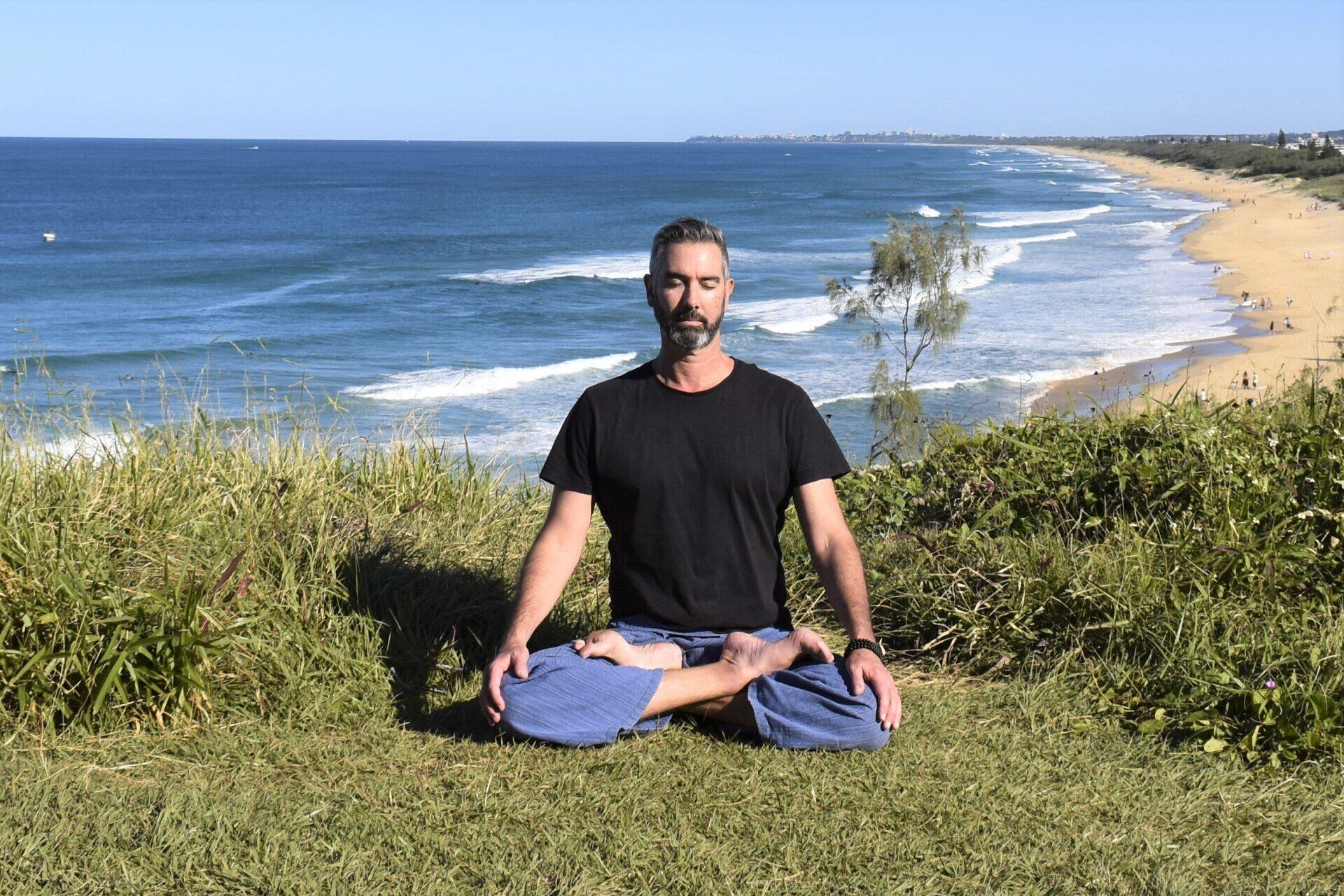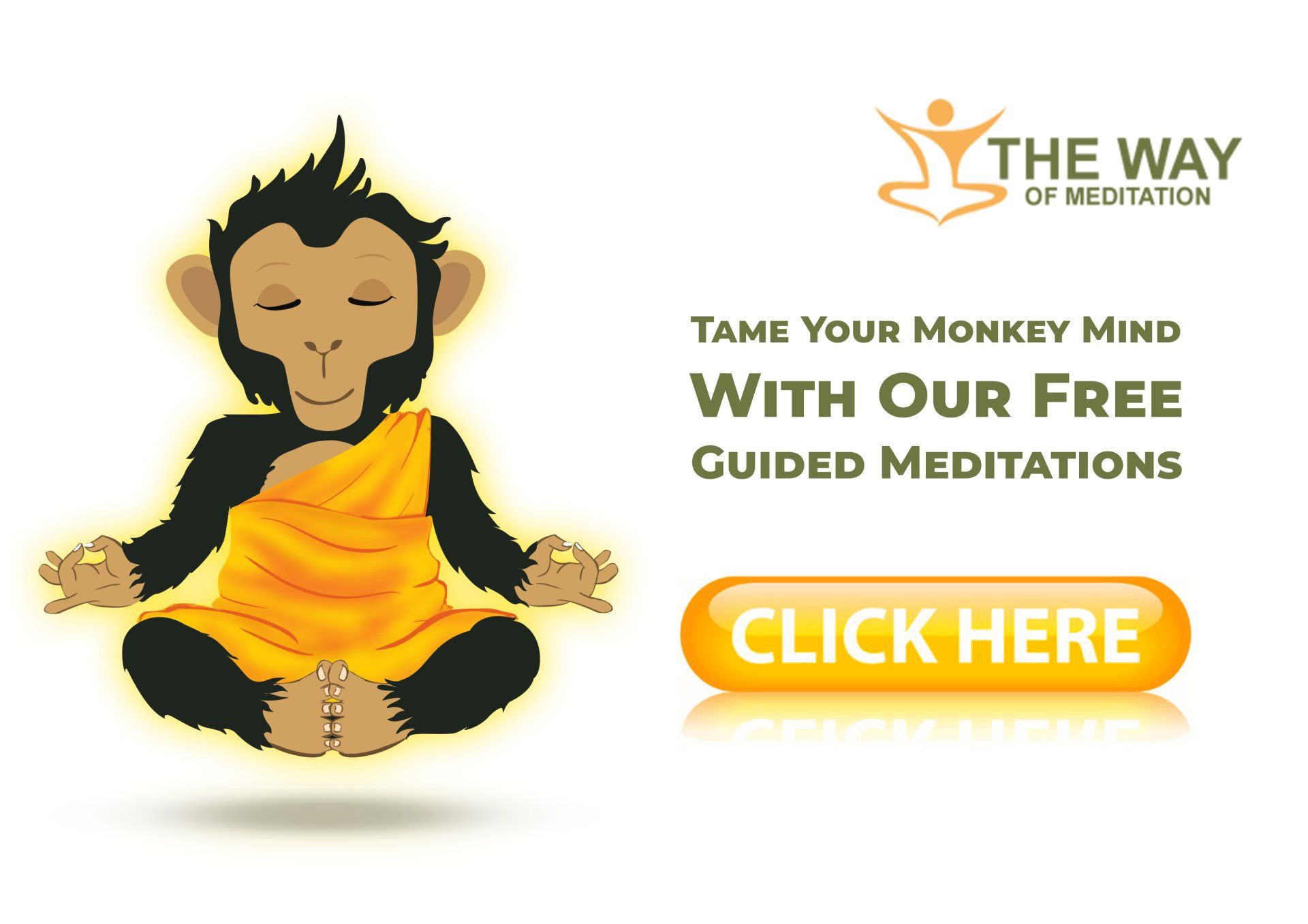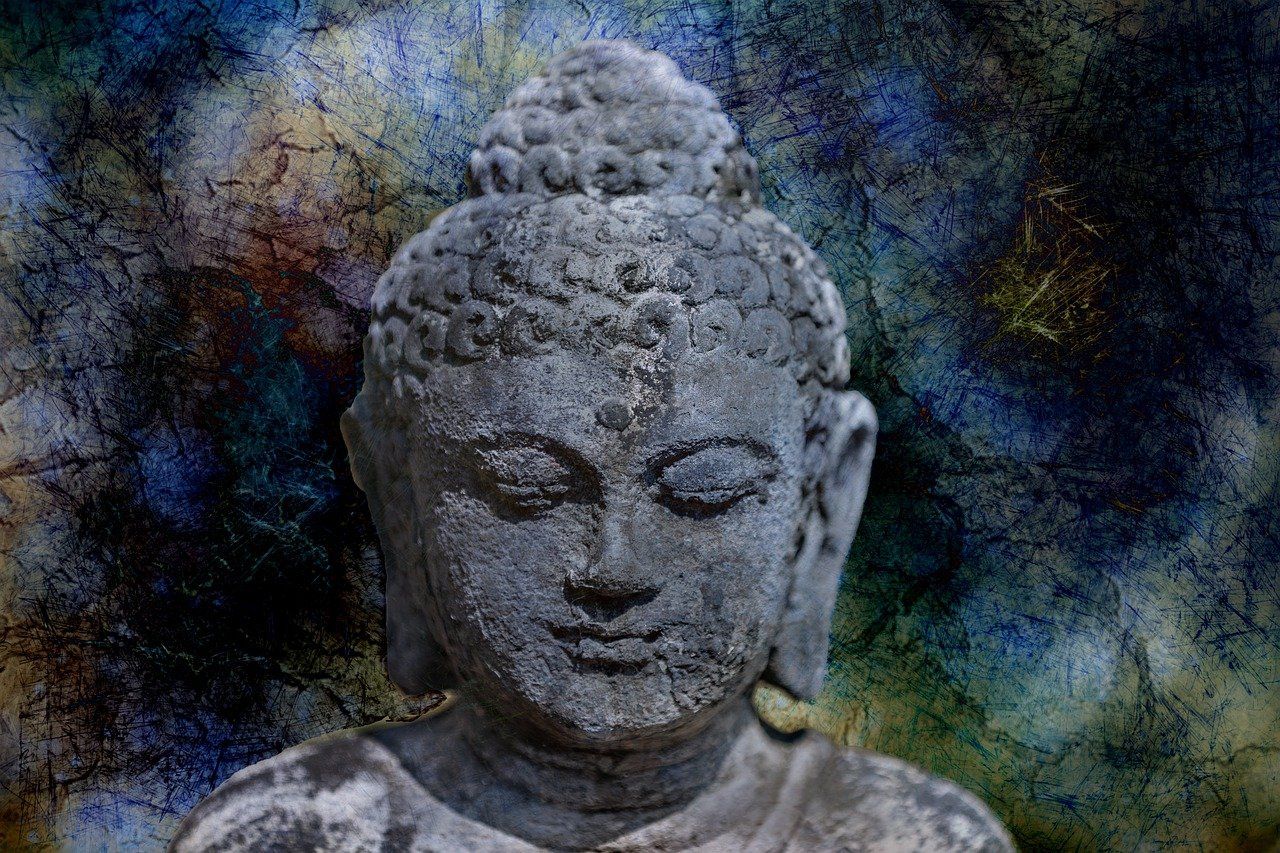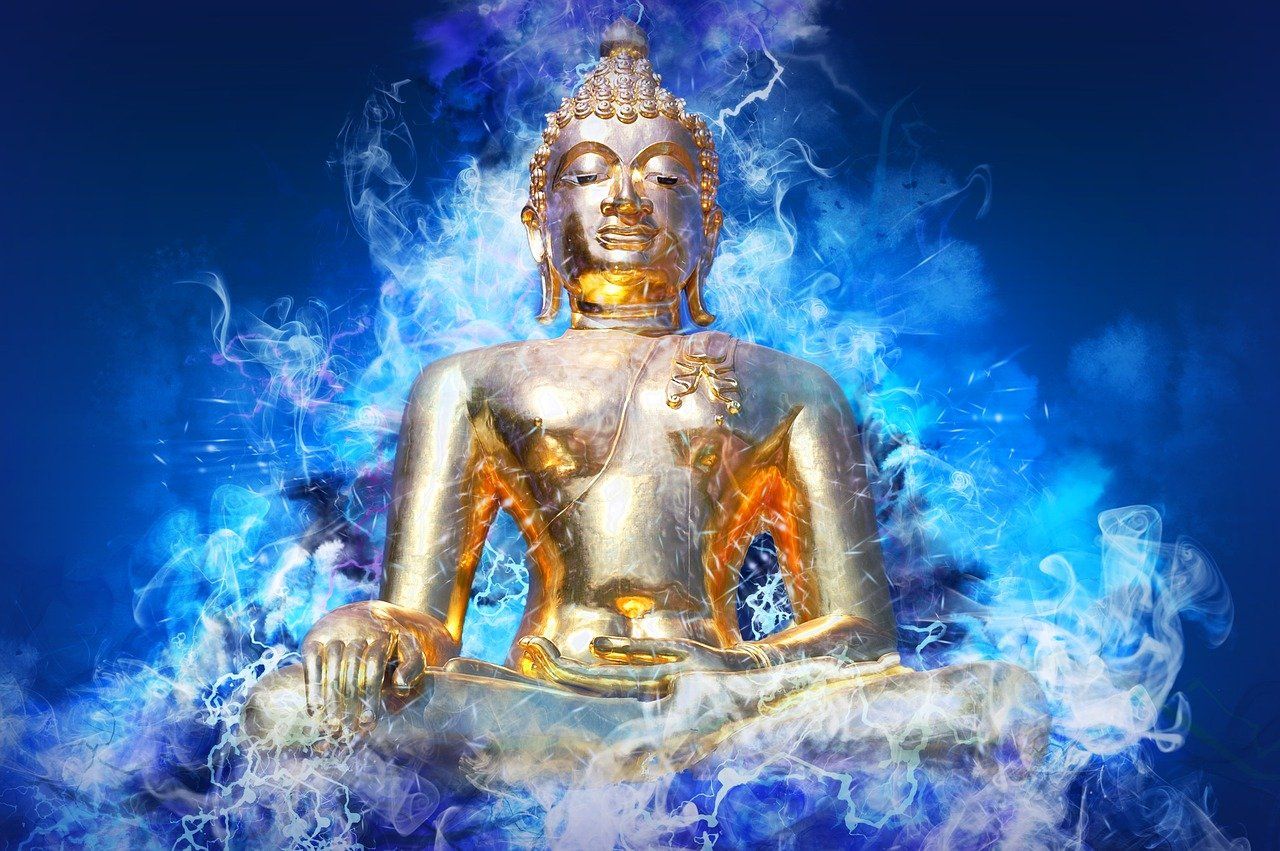The Way of Meditation Blog
Bringing Ancient Wisdom Into The Modern World
Meditation Master Reveals Powerful Meditation Methods
Oct 03, 2015
The first and most basic practice of meditation is to allow the mind to settle into a state of “calm abiding,” where it will find peace and stability, and can rest in the state of non-distraction, which is what meditation really is.
When you first begin to meditate, you may use a support: for example, looking at an object or an image of Buddha, or Christ if you are a Christian practitioner ; or lightly, mindfully watching the breath, which is common to many spiritual traditions. What is very important, the great Meditation Masters always advise, is not to fixate too much while practising the concentration of calm abiding.
When you first begin to meditate, you may use a support: for example, looking at an object or an image of Buddha, or Christ if you are a Christian practitioner ; or lightly, mindfully watching the breath, which is common to many spiritual traditions. What is very important, the great Meditation Masters always advise, is not to fixate too much while practising the concentration of calm abiding.
That’s why they recommend you place only 25 percent of your attention on mindfulness of the breath. But then, as you may have noticed, mindfulness alone is not enough. While you are supposed to be watching the breath, after a few minutes you may find yourself playing in a football game or starring in your own movie. So another 25 percent should be devoted to a continuous vigilance or watchful awareness, one that oversees and checks whether you are being mindful of the breath. The remaining 50 percent of your attention is left abiding, spaciously.
Of course, the exact percentages are not as important as the fact that all three of these elements — mindfulness, vigilance and spaciousness — are present.
Gradually, as you are able to rest your mind naturally in a state of non-distraction, you will not need the support of an image or the breath. Even though you are not particularly focusing on anything, there is still some presence of mind, that may be loosely described as a “center of awareness.”This undistracted presence of mind is the best way of integrating your meditation into everyday life, while you are walking or eating or caring for others — whatever the situation.
When you bring conscious awareness to your activities, distractions and anxieties will gradually disappear, and your mind will become more peaceful. It will also bring you a certain stability within yourself and a certain confidence with which you can face life and the complexity of the world with composure, ease and humour.
Profound Methods For Achieving Enlightenment
Then, on the most profound level, we can say that meditation is using the mind to recognize the mind. Or that it is simply resting in the natural state of your present mind, without manipulating or contriving.
There’s a wonderful saying by the great meditation masters of the past. I remember when I first heard it what a revelation it was, because in these two lines is shown both what the nature of mind is and how to abide by it, which is the practice of meditation on the highest level.
Of course, the exact percentages are not as important as the fact that all three of these elements — mindfulness, vigilance and spaciousness — are present.
Gradually, as you are able to rest your mind naturally in a state of non-distraction, you will not need the support of an image or the breath. Even though you are not particularly focusing on anything, there is still some presence of mind, that may be loosely described as a “center of awareness.”This undistracted presence of mind is the best way of integrating your meditation into everyday life, while you are walking or eating or caring for others — whatever the situation.
When you bring conscious awareness to your activities, distractions and anxieties will gradually disappear, and your mind will become more peaceful. It will also bring you a certain stability within yourself and a certain confidence with which you can face life and the complexity of the world with composure, ease and humour.
Profound Methods For Achieving Enlightenment
Then, on the most profound level, we can say that meditation is using the mind to recognize the mind. Or that it is simply resting in the natural state of your present mind, without manipulating or contriving.
There’s a wonderful saying by the great meditation masters of the past. I remember when I first heard it what a revelation it was, because in these two lines is shown both what the nature of mind is and how to abide by it, which is the practice of meditation on the highest level.
“Water, if you don’t stir it, will become clear; the mind, left unaltered, will find its own natural peace, well-being, happiness and bliss…”
What is so incredible about this instruction is its emphasis on naturalness and on allowing our mind simply to be, unaltered and without changing anything at all.
Yet another profound way of describing meditation is this: allowing yourself to be simply and clearly present in the face of whatever thoughts, sensations or emotions arise. The secret is where exactly your mind is: whether you are lost in the appearances of mind — the thoughts and emotions — or whether you are resting in the essence of mind — in your real nature, in your true being.
Through meditation, when you reach the state of transcendence, you simply rest, as much as you can, in the nature of mind, this most natural state which is without any reference or concept, hope or fear, yet with a quiet but soaring confidence, the deepest form of well-being imaginable. As the cloudlike thoughts and emotions fade away, the sky-like nature of your true being is revealed, and, shining from it, your true nature, like the sun. And just as both light and warmth blaze from the sun, wisdom and loving compassion radiate out from the mind’s innermost nature.
Since you have reached the state of transcendental wisdom, beyond your ego self, it is as if you have reached the summit of the highest mountain, from which you have a view over all, as well as a heartfelt understanding and insight into the needs of others. There comes a great opening of your heart in compassion, infused with a deep and pervasive love. The more we are able to be in the nature of our mind, therefore, the more we will discover our wisdom, immeasurable compassion and infinite capability, and so develop an inner strength that is deeply nourishing.
As we connect with the purity of our inherent nature through meditation practice, what is revealed is our fundamental goodness, our good heart. Kindness, compassion and love simply exude. And the more we integrate the practice mindfully in our lives, the more we will find that not only are we in touch with ourselves, but completely in touch with others. The barrier between ourself and others dissolves. Negativity is defused, there comes a self-forgiveness, and all the harm in us is removed, so that we become truly useful and able to be of service to others.
Yet another profound way of describing meditation is this: allowing yourself to be simply and clearly present in the face of whatever thoughts, sensations or emotions arise. The secret is where exactly your mind is: whether you are lost in the appearances of mind — the thoughts and emotions — or whether you are resting in the essence of mind — in your real nature, in your true being.
Through meditation, when you reach the state of transcendence, you simply rest, as much as you can, in the nature of mind, this most natural state which is without any reference or concept, hope or fear, yet with a quiet but soaring confidence, the deepest form of well-being imaginable. As the cloudlike thoughts and emotions fade away, the sky-like nature of your true being is revealed, and, shining from it, your true nature, like the sun. And just as both light and warmth blaze from the sun, wisdom and loving compassion radiate out from the mind’s innermost nature.
Since you have reached the state of transcendental wisdom, beyond your ego self, it is as if you have reached the summit of the highest mountain, from which you have a view over all, as well as a heartfelt understanding and insight into the needs of others. There comes a great opening of your heart in compassion, infused with a deep and pervasive love. The more we are able to be in the nature of our mind, therefore, the more we will discover our wisdom, immeasurable compassion and infinite capability, and so develop an inner strength that is deeply nourishing.
As we connect with the purity of our inherent nature through meditation practice, what is revealed is our fundamental goodness, our good heart. Kindness, compassion and love simply exude. And the more we integrate the practice mindfully in our lives, the more we will find that not only are we in touch with ourselves, but completely in touch with others. The barrier between ourself and others dissolves. Negativity is defused, there comes a self-forgiveness, and all the harm in us is removed, so that we become truly useful and able to be of service to others.
Share
Tweet
Share
Mail
Get A FREE
Guided Meditation Series
with Chad Foreman

By Chad Foreman
•
28 Jan, 2021
The breath has been used in meditation for thousands of years and remains one of the key tools we have to transform our entire being and directly experience the depths of our existence. I would like to offer five techniques that utilize the power of the breath and showcase just how powerful and versatile the breath can be in meditation.
TAKE THE NEXT STEP
Take The 21 Day Meditation Challenge
Get A FREE Series
of Guided Meditations
with Chad Foreman
Email: chad@thewayofmeditation.com.au
The Way Of Meditation
Site Map
© 2024
The Way Of Meditation











